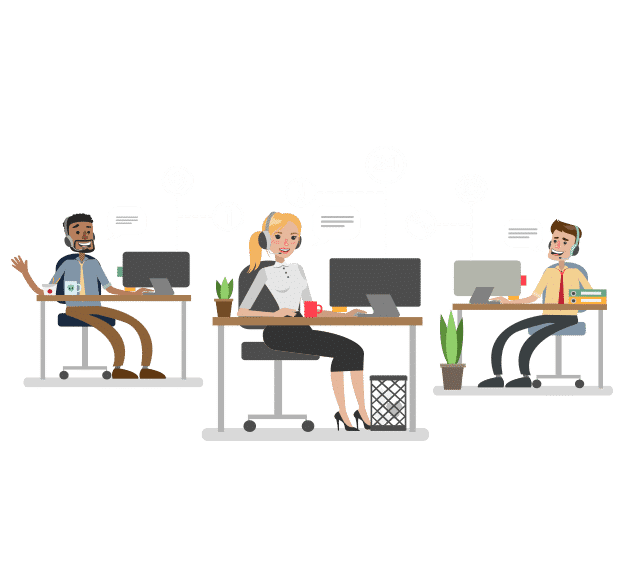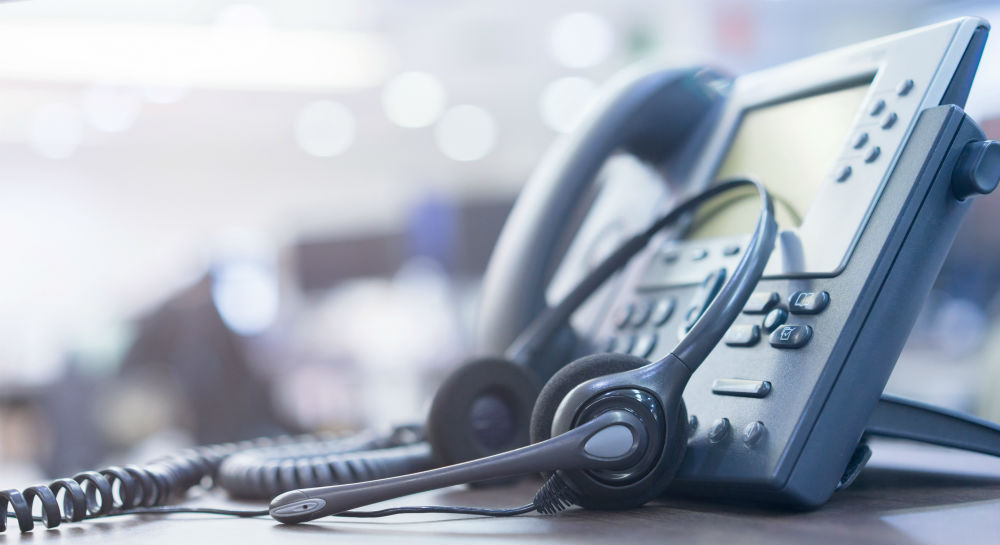All Categories
Featured
Table of Contents
- – What Is The Best How Do Answering Services Work...
- – Which Is Best 14 Benefits Of A Telephone Answe...
- – What's The Best How Does An Answering Service ...
- – What Does Live Answering Services - Australia...
- – What Is The Best Telephone Answering Service:...
- – Who Is The Best Telephone Answering Service ...
What Is The Best How Do Answering Services Work? For Me
This gadget and its followers were created by Sava Jacobson, an electrical engineer with a private consulting organization. While early answering makers used magnetic tape technology, many contemporary equipment uses solid state memory storage; some devices utilize a combination of both, with a solid-state circuit for the outbound message and a cassette for the incoming messages.
"toll saving" below) (virtual telephone answering service). This is helpful if the owner is evaluating calls and does not want to talk with all callers. In any case after going, the calling party should be notified about the call having been addressed (in the majority of cases this starts the charging), either by some remark of the operator, or by some welcoming message of the little bit, or resolved to non-human callers (e.
This holds especially for the TADs with digitally kept greeting messages or for earlier devices (prior to the increase of microcassettes) with a special unlimited loop tape, separate from a 2nd cassette, devoted to recording. There have actually been answer-only devices with no recording capabilities, where the greeting message needed to inform callers of a state of existing unattainability, or e (virtual answering service).
Which Is Best 14 Benefits Of A Telephone Answering Service In 2023 Lg Or Whirlpool

about schedule hours. In taping Little bits the greeting generally consists of an invite to leave a message "after the beep". A voice mail that utilizes a microcassette to record messages On a dual-cassette answerphone, there is an outgoing cassette, which after the specified variety of rings plays a pre-recorded message to the caller.

Single-cassette answering machines consist of the outbound message at the beginning of the tape and incoming messages on the remaining area. They initially play the statement, then fast-forward to the next readily available space for recording, then tape the caller's message. If there are lots of previous messages, fast-forwarding through them can trigger a substantial delay.
This beep is typically referred to in the greeting message, asking for that the caller leave a message "after the beep". TADs with digital storage for the tape-recorded messages do disappoint this hold-up, naturally. A little bit might offer a remote control facility, whereby the answerphone owner can sound the house number and, by going into a code on the remote telephone's keypad, can listen to recorded messages, or erase them, even when away from house.
What's The Best How Does An Answering Service Work?

Consequently the maker increases the number of rings after which it responds to the call (generally by two, leading to four rings), if no unread messages are currently saved, however answers after the set number of rings (typically 2) if there are unread messages. This permits the owner to discover out whether there are messages waiting; if there are none, the owner can hang up the phone on the, e.
Some makers also enable themselves to be from another location triggered, if they have actually been turned off, by calling and letting the phone ring a particular large number of times (typically 10-15). Some service suppliers abandon calls currently after a smaller sized variety of rings, making remote activation difficult. In the early days of Little bits an unique transmitter for DTMF tones (dual-tone multi-frequency signalling) was regionally required for remote control, considering that the formerly used pulse dialling is not apt to convey appropriate signalling along an active connection, and the dual-tone multi-frequency signalling was carried out step-by-step.
Any incoming call is not identifiable with regard to these properties in advance of going "off hook" by the terminal equipment. So after going off hook the calls must be changed to suitable devices and just the voice-type is right away accessible to a human, however possibly, nevertheless ought to be routed to a LITTLE (e.
What Does Live Answering Services - Australia Cost?
What if I informed you that you do not have to in fact get your gadget when addressing a customer call? Another person will. So practical, best? Addressing telephone call does not require somebody to be on the other end of the line. Effective automated phone systems can do the trick simply as effectively as a live agent and in some cases even better.
An automatic answering service or interactive voice response system is a phone system that interacts with callers without a live individual on the line - phone call answering. When companies utilize this technology, customers can get the answer to a concern about your company simply by using interactions set up on a pre-programmed call circulation.
Although live operators upgrade the customer care experience, lots of calls do not require human interaction. A basic taped message or directions on how a client can obtain a piece of details normally resolves a caller's instant need - virtual call answering service. Automated answering services are a basic and reliable way to direct incoming calls to the right person.
What Is The Best Telephone Answering Service: What It Is And Why It Isn't Enough On The Market Today
Notification that when you call a business, either for support or item inquiry, the first thing you will hear is a pre-recorded voice greeting and a series of choices like press 1 for client service, press 2 for queries, and so on. The pre-recorded choices branch off to other options depending on the client's selection.
The phone tree system assists direct callers to the right individual or department utilizing the keypad on a mobile phone. In some circumstances, callers can use their voices. It's worth keeping in mind that auto-attendant options aren't limited to the ten numbers on a phone's keypad. As soon as the caller has picked their first option, you can design a multi-level auto-attendant that uses sub-menus to direct the caller to the best sort of assistance.
The caller does not need to interact with a person if the auto-attendant phone system can manage their concern. The automated service can route callers to a staff member if they reach a "dead end" and need support from a live agent. It is costly to work with an operator or executive assistant.
Who Is The Best Telephone Answering Service Melbourne Cbd Australia Company
Automated answering services, on the other hand, are considerably more economical and provide significant expense savings at an average of $200-$420/month. Even if you don't have devoted personnel to handle call routing and management, an automated answering service enhances productivity by enabling your team to focus on their strengths so they can more efficiently invest their time on the phone.
A sales lead routed to customer support is a lost shot. If a customer who has product questions reaches the incorrect department or gets incomplete responses from well-meaning employees who are less trained to deal with a particular kind of question, it can be a cause of disappointment and discontentment. An automatic answering system can decrease the number of misrouted calls, thereby assisting your workers make much better use of their phone time while maximizing time in their calendar for other tasks.
With Automated Answering Systems, you can produce an individualized experience for both your personnel and your callers. Make a recording of your primary welcoming, and simply upgrade it frequently to show what is going on in your company. You can produce as many departments or menu choices as you desire.
Table of Contents
- – What Is The Best How Do Answering Services Work...
- – Which Is Best 14 Benefits Of A Telephone Answe...
- – What's The Best How Does An Answering Service ...
- – What Does Live Answering Services - Australia...
- – What Is The Best Telephone Answering Service:...
- – Who Is The Best Telephone Answering Service ...
Latest Posts
Business Answering Service – Australia 6019
Sought-After Virtual Assistant Phone Answering ( Perth 6019)
Preferred Digital Receptionist Service with Customer Satisfaction
More
Latest Posts
Business Answering Service – Australia 6019
Sought-After Virtual Assistant Phone Answering ( Perth 6019)
Preferred Digital Receptionist Service with Customer Satisfaction